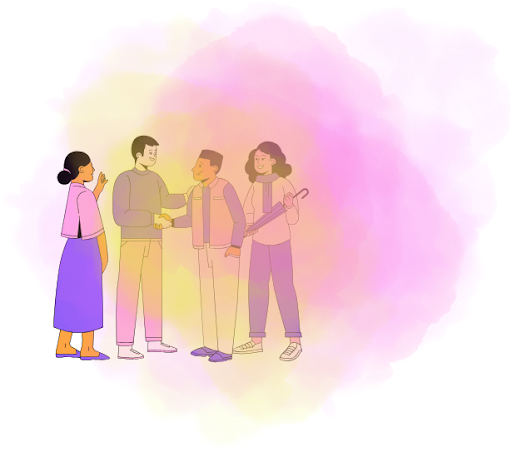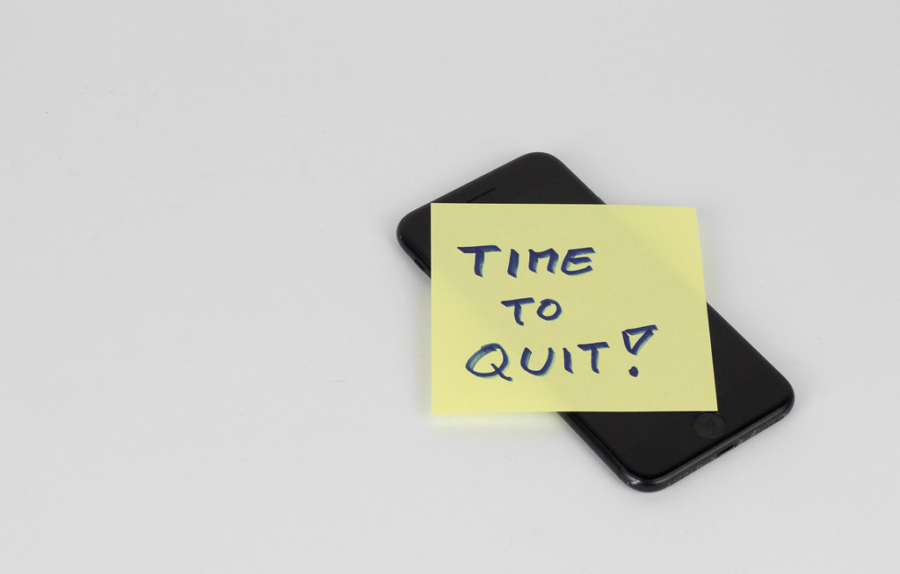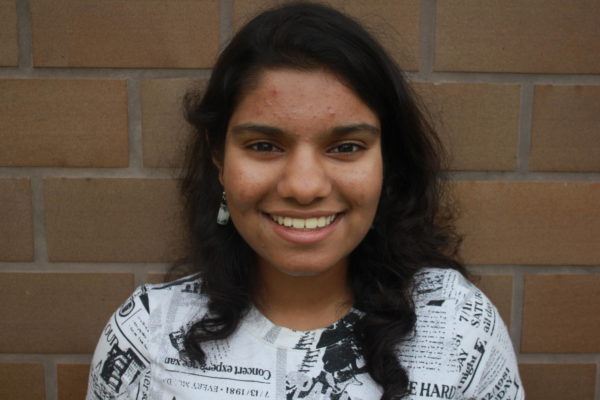A few days ago, I was scrolling through my Instagram feed and I noticed a post that read “NYT says coverage of Gaza hospital blast gave ‘incorrect impression’ of facts.” After reading the post, I wondered how a big news publication like the New York Times could make such a major mistake. However, this wasn’t the only instance of misinformation that I’ve seen recently. A few weeks prior, media sites retracted statements about Hamas killing 40 babies due to it being an “unverified report.” These instances sparked a question in me: “Where is the truth in journalism?”
From the beginning of our journalism journey, we are taught to never report or publish a story without substantial evidence. Even after we write our stories, we undergo multiple rounds of editing and revising. Though ironic for me, as a student journalist, to say this, the quality of reputable news sources seems to be declining.
According to the Pew Research Center, only 35% of US adults believe that news outlets report the news accurately and 51% say that they do a “very or somewhat bad job at managing or correcting misinformation.”
It seems as though news sources are more concerned with pushing certain narratives to shape people’s perspectives, and in turn, gain more attraction or be the first news site to publish this new information. As The Washington Post says, democracy truly does die in darkness when publications forget the value of journalism.
The problem lies within these big news sources; if they cannot report accurately, it affects the rest of the democratic system. Citizens become misinformed, following different ideologies and later casting their votes without critically evaluating the candidate. This cycle continues as we have had people in the highest office of the land attacking the media for spreading “fake news” and others having to take back their claims of seeing children being beheaded by Hamas. In the end, we are left with the public more divided than ever before.
Negligence of accurate reporting, especially during conflict, is dangerous. Retractions are warranted, but the risk of misinformation is higher when the public is actively seeking more information and updates amid the Israel-Palestine conflict. The media’s lack of thoroughness seems to erode their commitment to providing the truth.
I understand that it would not be possible to witness events, such as ones that involve brutality and violence, right when they occur, but verifying and checking, or at least making sure that “facts” aren’t being manipulated by a side taking part in a war is still plausible.
However, now it seems that there is less of an interest in following mainstream news outlets as social media provides an unfiltered form of information. From this people can see directly from those who are in the area of conflict and see what is truly happening from their lens.
Whether it is on Instagram or TikTok, I have seen many firsthand accounts of what is happening in the Middle East; the horrific images and videos of Palestinians fighting to survive is what is being broadcast in various social media posts. Seeing many of the people I follow repost these accounts and videos, rather than information from mainstream news outlets, makes me think that many young people are turning towards citizen journalism, and are even trusting them more.
The direct knowledge and information acquired from first-hand accounts is what is attractive, and it is what we need again. While misinformation may always persist, listening to and witnessing events occur in real time could deter people away from engaging with information that may have been debunked later on.
I’m not saying that there is no value in the way big media and news publications are reporting, but now there is a growing recognition of raw and emotional stories, through independent journalists, that reveal to viewers and readers the gravitas of the conflict taking place. There is an increasing need for real-time events, not some regurgitated rumor.
While “reputable” news sources are grappling with their diminishing credibility, grassroots journalism is not. Perhaps, the authenticity and immediacy of this type of reporting is what we need.









